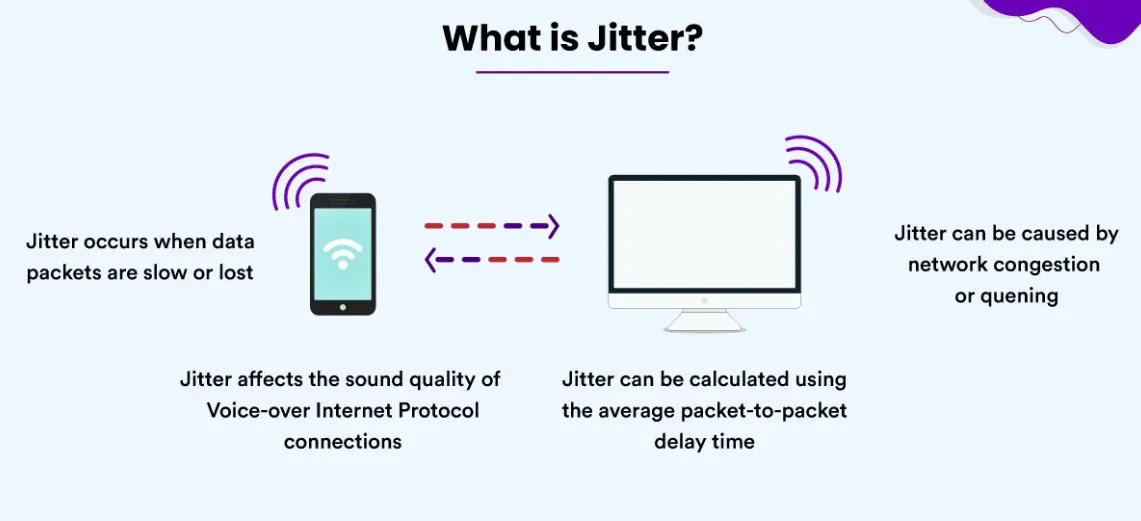Clear, high-quality calls are essential for businesses relying on IP telephony or PBX systems. However, poor call quality issues—such as dropped calls, choppy audio, or echoes—can disrupt communication and harm productivity. If you’re facing these problems, here are five common reasons behind bad call quality and practical solutions to fix them.
1. Insufficient Bandwidth and Network Congestion

The Problem: IP telephony calls rely on a stable internet connection. If your network is overloaded with multiple users streaming, downloading large files, or running bandwidth-heavy applications, call quality may suffer.
The Fix:
-
Upgrade to a higher bandwidth internet plan.
-
Prioritize IP telephony traffic using Quality of Service (QoS) settings on your router.
-
Limit background activities like large downloads or cloud backups during calls.
2. Poor Router or Network Equipment
The Problem: Outdated or low-quality routers, modems, or switches can’t handle IP telephony traffic efficiently, leading to latency, jitter, or dropped calls.
The Fix:
-
Invest in a router optimized for IP telephony that supports QoS.
-
Use wired Ethernet connections instead of Wi-Fi for better stability.
-
Regularly update firmware on your networking devices to improve performance.
3. High Latency and Jitter

The Problem: Latency (delay in audio transmission) and jitter (irregular data packet arrival) cause choppy or delayed audio, making conversations frustrating.
The Fix:
-
Test your internet speed and ping using assessment tools for IP telephony.
-
Use a dedicated internet connection separate from other business traffic.
-
Enable jitter buffers on your PBX system to smooth out data packet variations.
4. Improper Codec Selection
The Problem: Codecs compress and decompress voice data, affecting call quality. Some codecs use more bandwidth but provide better quality, while others prioritize compression, leading to degraded sound.
The Fix:
-
Use G.711 codec for high-quality calls if bandwidth allows.
-
Switch to G.729 codec for low-bandwidth networks while maintaining acceptable call clarity.
-
Configure your PBX system to dynamically select the best codec based on network conditions.
5. ISP or Service Provider Issues
The Problem: Your internet service provider (ISP) or IP telephony provider may be experiencing technical issues, throttling call traffic, or not providing adequate support.
The Fix:
-
Run a call quality speed test to check for packet loss, jitter, and latency issues.
-
Contact your ISP and ask if they prioritize IP telephony traffic.
-
Consider switching to a business-grade provider with better reliability and support.
Bad call quality doesn’t have to be a recurring issue. By optimizing your internet connection, upgrading network hardware, adjusting PBX settings, and choosing the right service provider, you can ensure crystal-clear calls for your business.
If you’re still experiencing call quality issues, UnifiCX provides expert solutions to diagnose and resolve network problems, ensuring crystal-clear communication for your business.
















